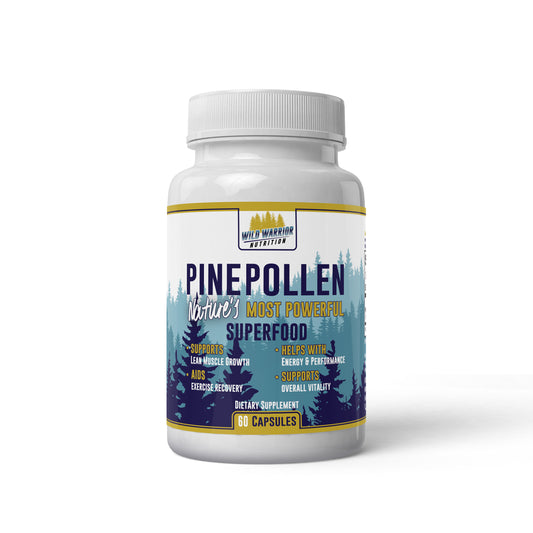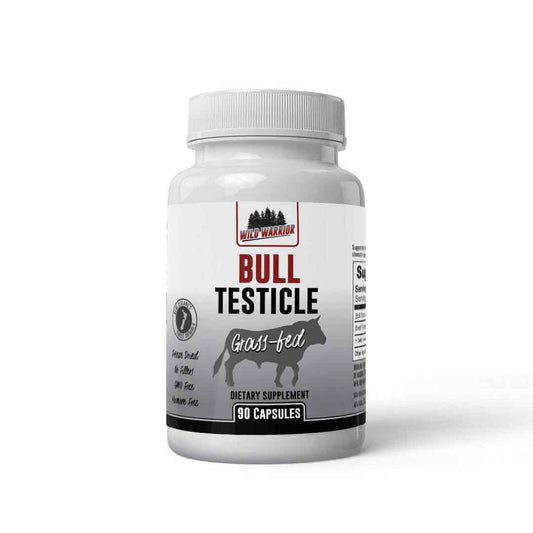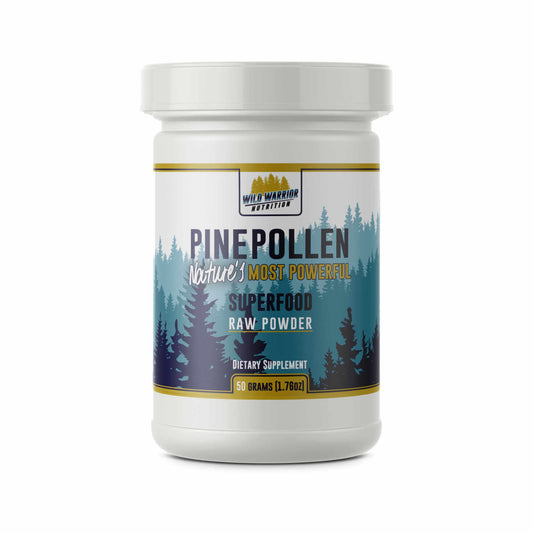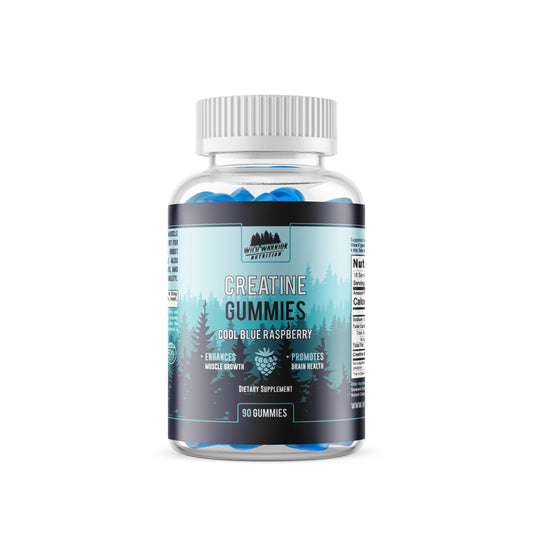The study mentioned below appeared on hindawi.com here.
The health benefits of regular sauna use have been promoted for years, and have long been believed to contribute to cardiovascular health, along with helping the body to detoxify environmental toxins including heavy metals, pesticides, etc.
A meta-analysis conducted by Joy Hussain and Marc Cohen in 2018 sought to confirm these health benefits by reviewing the findings of 40 peer reviewed studies, 13 of which involved randomized controlled trials.
The following is an excerpt of the study and their findings. To review the details from the full meta-analysis including selection methods, limitations, etc., click here.
The Health Benefits of Sauna Therapy and Its Rising Popularity
Per Joy Hussain and Marc Cohen:
Sauna bathing is a form of whole-body thermo-therapy that has been used in various forms (radiant heat, sweat lodges, etc.) for thousands of years in many parts of the world for hygiene, health, social, and spiritual purposes.
Modern day sauna use includes traditional Finnish-style sauna, along with Turkish-style Hammam, Russian Banya, and other cultural variations, which can be distinguished by the style of construction, source of heating, and level of humidity. Traditional Finnish saunas are the most studied to date and generally involve short exposures (5−20 minutes) at temperatures of 80°C–100°C with dry air (relative humidity of 10% to 20%) interspersed with periods of increased humidity created by the throwing of water over heated rocks [1].
In the past decade, infrared sauna cabins have become increasingly popular. These saunas use infrared emitters at different wavelengths without water or additional humidity and generally run at lower temperatures (45–60°C) than Finnish saunas with similar exposure times [2]. Both traditional Finnish and infrared sauna bathing can involve rituals of cooling-off periods and re-hydration with oral fluids before, during, and/or after sauna bathing.
…This trend is capitalizing on the call for additional lifestyle interventions to enhance health and wellness particularly in populations that have difficulty exercising (e.g., obesity, chronic heart failure, chronic renal failure, and chronic liver disease) [9]. Facilities offering sauna bathing often claim health benefits that include detoxification, increased metabolism, weight loss, increased blood circulation, pain reduction, anti-aging, skin rejuvenation, improved cardiovascular function, improved immune function, improved sleep, stress management, and relaxation…
There is considerable evidence to suggest that sauna bathing can induce profound physiological effects [4, 11–17]. Intense short-term heat exposure elevates skin temperature and core body temperature and activates thermo-regulatory pathways via the hypothalamus [18] and CNS (central nervous system) leading to activation of the autonomic nervous system.
The activation of the sympathetic nervous system, hypothalamus-pituitary-adrenal hormonal axis, and the renin-angiotensin-aldosterone system leads to well-documented cardiovascular effects with increased heart rate, skin blood flow, cardiac output, and sweating [1, 11]. The resultant sweat evaporates from the skin surface and produces cooling that facilitates temperature homeostasis…
On a cellular level, acute whole-body thermo-therapy (both wet and dry forms) induces discrete metabolic changes that include production of heat shock proteins, reduction of reactive oxygenated species, reduced oxidative stress and inflammation pathway activities, increased NO (nitric oxide) bio-availability, increased insulin sensitivity, and alterations in various endothelial-dependent vasodilatation metabolic pathways [22].
It has been suggested that heat stress induces adaptive hormesis mechanisms similar to exercise, and there are reports of cellular effects induced by whole-body hyperthermia in conjunction with oncology-related interventions (i.e., chemotherapy and radiotherapy) [23]; however the mechanisms by which the physiological and cellular changes induced by sauna bathing contribute to enhanced health and/or therapeutic effects is still being explored [4, 7, 8, 24–27].
WHAT DID THEIR STUDY SAY ABOUT THE HEALTH BENEFITS OF SAUNA USE?
As a result of their review, Joy Hussain and Marc Cohen concluded that the science supports many of the purported health benefits of regular sauna use. It is important to note that the mechanisms and controlled variables differed from study to study, so we recommend reading the full summary of their study for more information.
That said, Hussain and Cohen concluded:
The findings of this review suggest frequent dry sauna bathing improves a variety of subjective and objective health parameters and that frequent Finnish sauna bathing is associated with improved outcomes such as reduced overall mortality and reduced incidence of cardiovascular events and dementia, at least in men [38, 39].
The most established clinical benefits of sauna bathing are associated with cardiovascular disease, yet there is also evidence to suggest that saunas, either Finnish-style or infrared, may benefit people with rheumatic diseases such as fibromyalgia, rheumatoid arthritis, and ankylosing spondylitis, as well as patients with chronic fatigue and pain syndromes, chronic obstructive pulmonary disease, and allergic rhinitis…
Sauna bathing may also improve exercise performance in athletes, skin moisture barrier properties, and quality of life and is not associated with serious adverse events. There is not yet enough evidence to distinguish any particular health differences between repeat Finnish-style and repeat infrared sauna bathing…
…While sauna bathing appears to show promise as a lifestyle intervention for cardiovascular disease, a majority of the cardiovascular disease-related sauna studies (16 of 19) were conducted by the same core Japanese research group and affiliates who employed “Waon therapy” [74], which involved far-infrared sauna bathing…
Despite differences in sauna types, temperature, frequency, and duration of interventions, the far-infrared sauna studies involving cardiovascular disease and congestive heart failure patients suggest favorable outcomes that reinforce earlier findings of interventional Finnish sauna studies and cardiovascular disease [75–79].
This suggests that heat stress, whether induced by infrared or Finnish-style sauna, causes significant sweating that is likely to lead to hormetic adaptation and beneficial cardiovascular and metabolic effects.
This is further supported by the two large observational studies that found striking risk reductions for sudden cardiac death (63%) and all-cause mortality (40%) as well as for dementia (66%) and Alzheimer's disease (65%), in men who used a sauna 4−7 times per week compared to only once per week [38, 39].
To read the full content of the meta-analysis, click here.
Sources:





